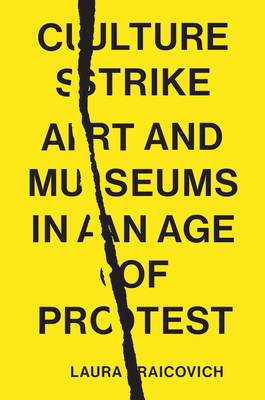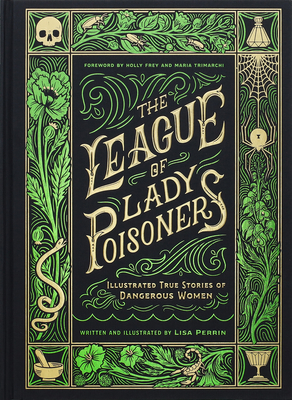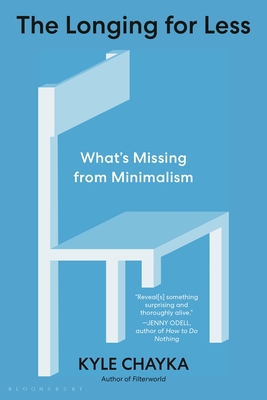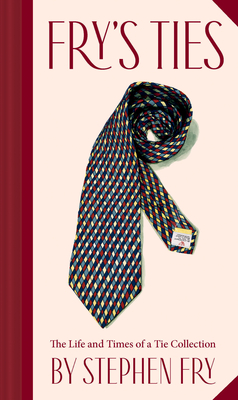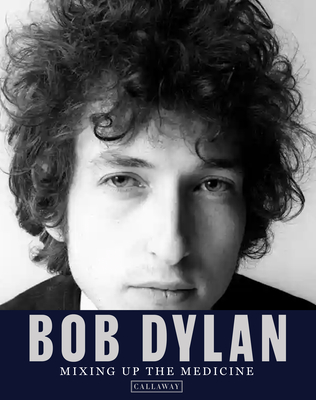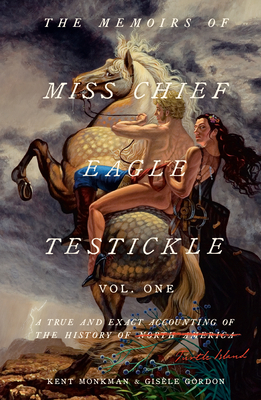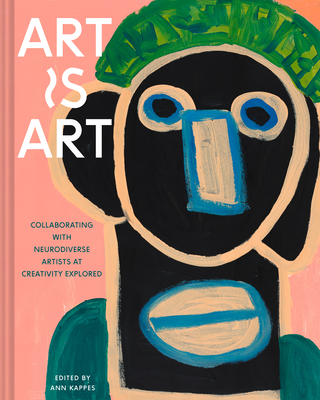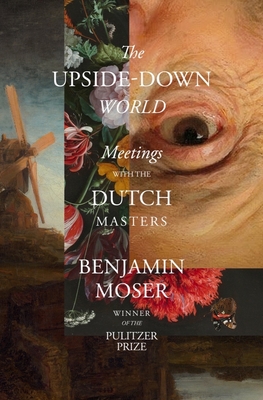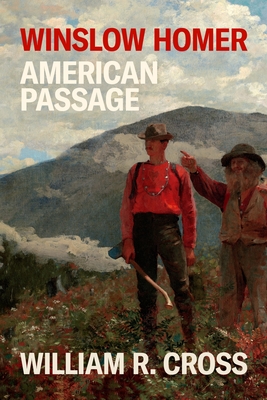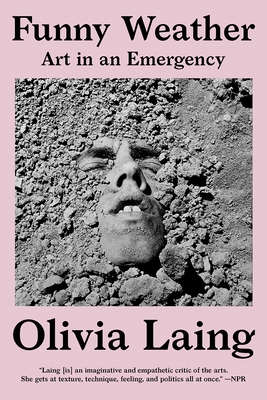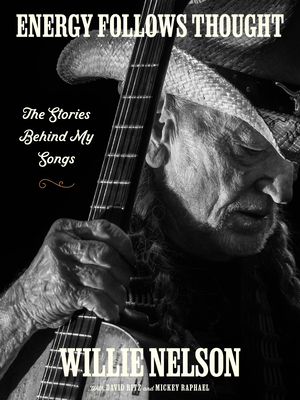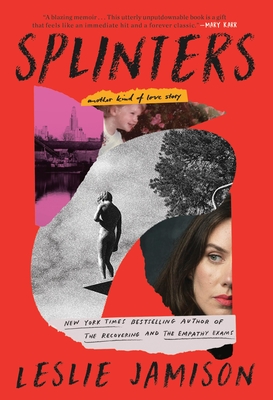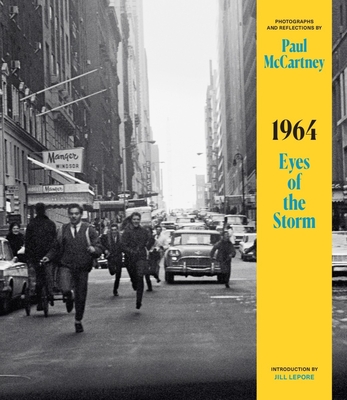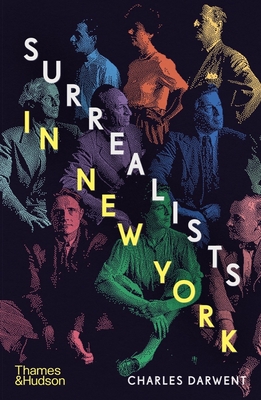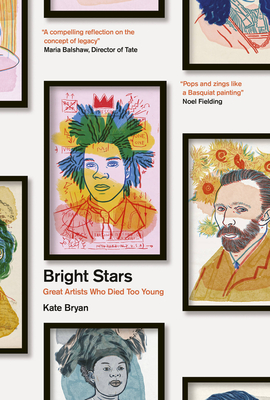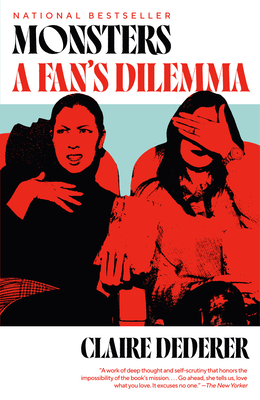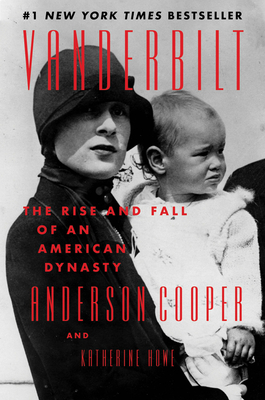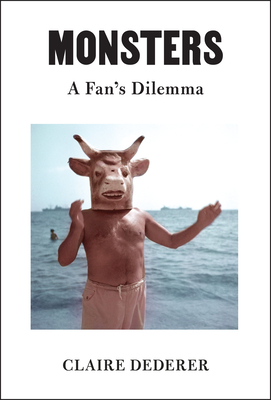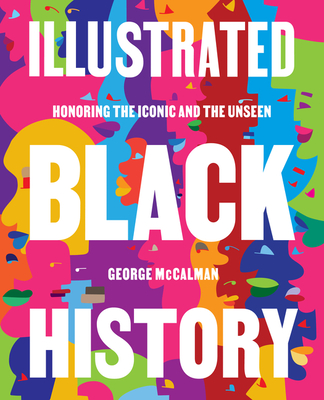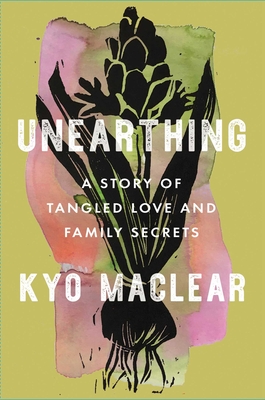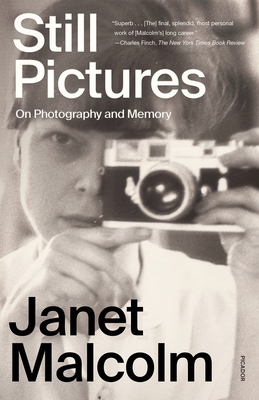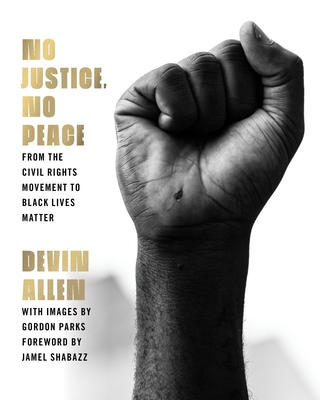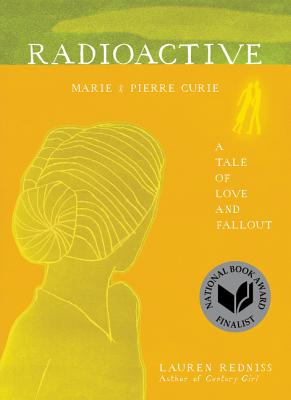
The Afterlife of Discarded Objects: Memory and Forgetting in a Culture of Waste (Visual Rhetoric)
Description
As one of its driving principles, The Afterlife of Discarded Objects: Memory and Forgetting in a Culture of Waste analyzes the double reconstitution of discarded items. In this afterlife, discarded objects might transform from a worthless object into a plaything or a work of art, and then to an artifact marking a specific historical time period. This transformation is represented through various forms of recollection--stories, photographs, collectibles, heirlooms, monuments, and more. Shaped by nostalgia and wishful thinking, discarded objects represent what is wasted, desired, and aestheticized, existing at the intersection of individual and collective consciousness.
While The Afterlife of Discarded Objects constitutes a version of revisionist historiography through its engagement with alternative anthropological artifacts, its ambition stretches beyond that to consider how seemingly immaterial phenomena such as memory and identity are embedded in and shaped by material networks, including ephemera. Guruianu and Andrievskikh create a written, visual, and virtual playground where transnational narratives fuse into a discourse on the persistent materiality of ephemera, especially when magnified through narrative and digital embodiment.
The Afterlife of Discarded Objects is printed in full color and includes references, an index, and over seventy hi-resolution color images.
"The Afterlife of Discarded Objects: Memory and Forgetting in a Culture of Waste uses contemporary theory, literature, popular culture, and personal narratives to investigate how we assign political, socio-cultural, and aesthetic meaning to objects. The book is unique in applying personal narratives and testimonies of contributors from around the world to provide insights and critiques of Western attitudes toward these objects. The Afterlife of Discarded Objects provides transformative social commentary through scrutiny and stories of discarded/found objects in Eastern Europe and in the West encouraging us to reflect more critically on our relationships with things. The stories and theories interwoven in Guruianu and Andrievskikh's book turn memory into matter and aspire to teach through their exploration. It's a lofty goal, and the book succeeds." --Sohui Lee

